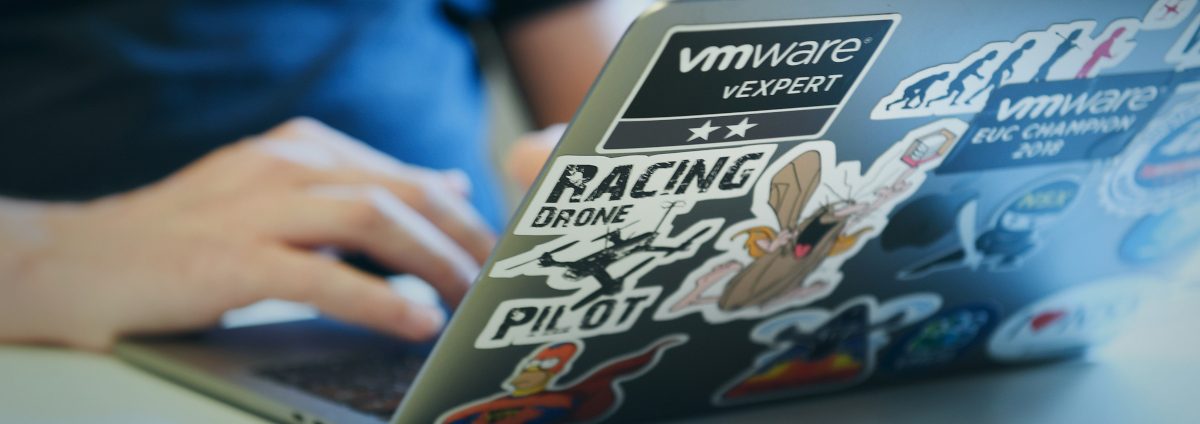Within Veeam v9 there are a couple of new nifty features.
Below are 2 new features that are very useful on remote site’s, but not really big mentioned on internet. a quick recap below and more info on these parts, follow the links.
Veeam Guest Interaction Proxy
To interact with the VM guest OS during the backup or replication job, Veeam Backup & Replication needs to deploy a runtime process in each VM. Guest OS interaction is performed if you enable the following options in the job:
- Application-aware processing
- Guest file system indexing
- Transaction logs processing
Previously, the runtime process on all VMs was deployed by the backup server. This could cause the following problems:
- The load on the backup server was high.
- If a connection between two sites was slow, the job performance decreased.
- If the backup server had no network connection to VMs, application-aware processing tasks were not accomplished for these VMs.
Starting from Veeam Backup & Replication 9.0, the task of deploying the runtime process in a Microsoft Windows VM is performed by the guest interaction proxy. The guest interaction proxy is a backup infrastructure component that sits between the backup server and processed VM. The guest interaction proxy deploys the runtime process in the VM and sends commands from the backup server to the VM.
The guest interaction proxy allows you to communicate with the VM guest OS even if the backup server and processed VM run in different networks. As the task of runtime process deployment is assigned to the guest interaction proxy, the backup server only has to coordinate job activities.
Veeam Backup & Replication uses the following priority rules to select the guest interaction proxy:
- A machine in the same network as the protected VM that does not perform the backup server role.
- A machine in the same network as the protected VM that performs the backup server role.
- A machine in another network that does not perform the backup server role.
- A machine in another network that performs the backup server role.
More info on Veeam Guest Interaction Proxy
Mount Server
The mount server is required if you perform restore VM guest OS files and application items to the original location. The mount server lets you route VM traffic by an optimal way, reduce load on the network and speed up the restore process.
When you perform file-level restore or application item restore, Veeam Backup & Replication needs to mount the content of the backup file to a staging server. The staging server must be located in the same site as the backup repository where backup files are stored. If the staging server is located in some other site, Veeam Backup & Replication may route data traffic in a non-optimal way.
For example, if the backup server is located in the local site while the source host and backup repository are located in the remote site, during restore to original location Veeam Backup & Replication will route data traffic in the following way:
- From the remote site to the local site — to mount the content of the backup file to the staging server.
- From the local site to the remote site — to restore files or application items.
To prevent VM data from traveling between sites, Veeam Backup & Replication uses the mount server. The mount server acts as a “mount point” for backups on the backup repository. When you restore files or application items to the original location, Veeam Backup & Replication mounts the content of the backup file to the mount server and copies files or items to their destination via this mount server.
The mount server is created for every backup repository and associated with it. When you configure a backup repository, you define which server you want to use as a mount server for this backup repository. By default, Veeam Backup & Replication assigns the mount server role to the following machines:
- Backup repository. For Microsoft Windows backup repositories, the mount server role is assigned to the backup repository server itself.
- Backup server. For Linux, shared folder backup repositories and deduplicating storage appliances, the mount server role is assigned to the backup server.
- Veeam Backup & Replication console. The mount server role is also assigned to a machine on which the Veeam Backup & Replication console is installed. Note that this type of mount server is not registered in the Veeam Backup & Replication configuration database.
More info on The Mount Server


